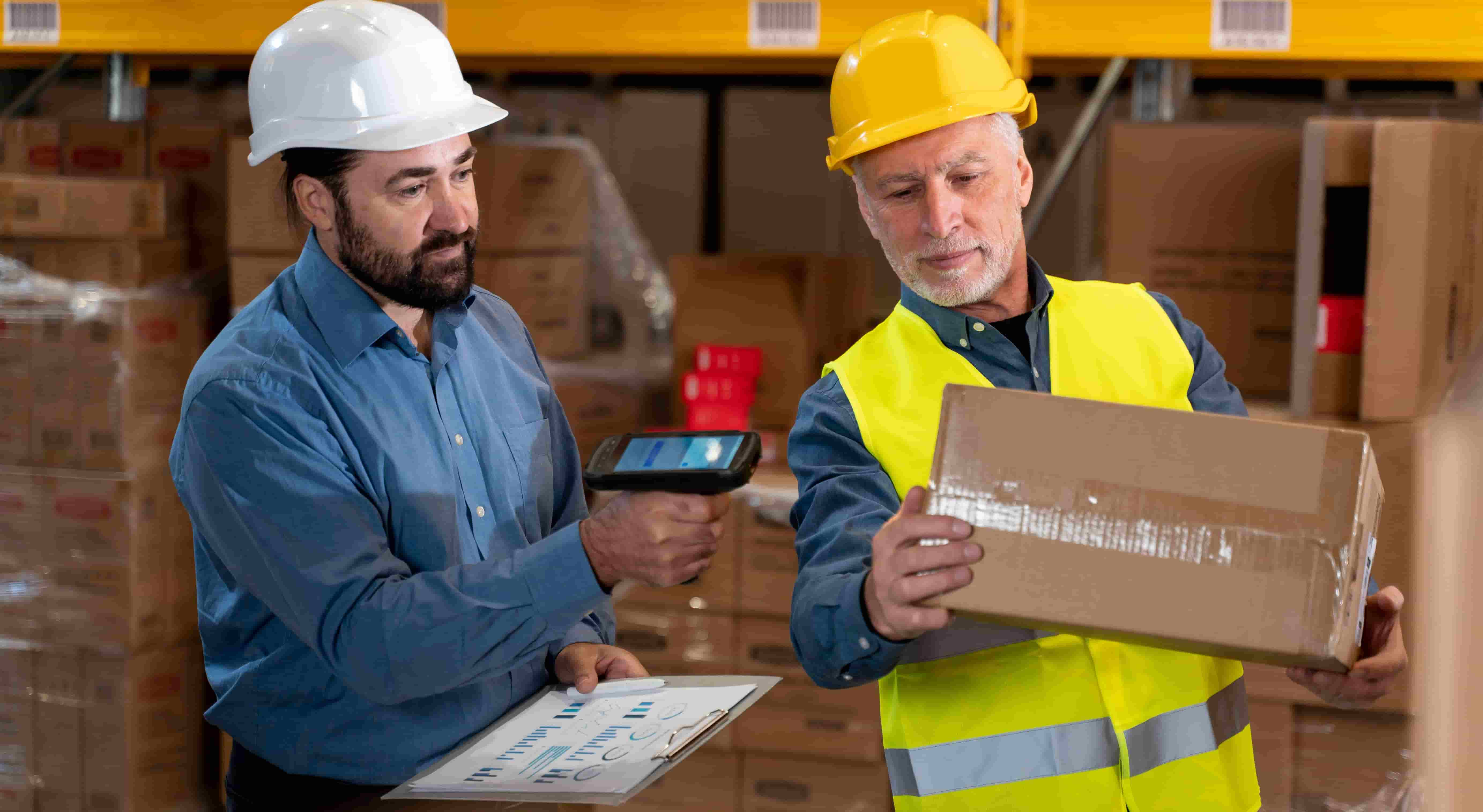What Does Customs Inspection Cover? Key Details and Tips

Types of Customs Inspections
Customs inspections are primarily conducted through manual checks and X-ray scans. X-ray scans are typically quick and completed within a day, incurring little to no extra cost. However, manual inspections often involve additional expenses, which are not charged by customs but by the terminal for services like container moving, unpacking, loading and storage etc. These charges are commonly referred to as "customs inspection fees" by terminals, and official invoices are provided for them.
Such fees are usually borne by the shipper or consignee. Prior to inspection, a notification is issued, and a report is provided afterward.
If you're shipping large volumes, using a container loading calculator can help estimate space utilization and reduce unnecessary costs associated with inspections and storage fees
Purpose of Customs Inspections
Customs inspections are conducted based on customs' expertise, current policies, or at times, random selection. During an inspection, customs officers check if the declared information matches the actual goods, including product names, quantities, declared values, and HS code classifications. They also verify if there are any attempts at tax evasion, incorrect classification, or avoiding mandatory inspections.
For businesses using FBA warehouse locations, customs compliance is essential to prevent delays in Amazon fulfillment shipments. Ensuring accurate product declarations and HS code classifications can help maintain smooth logistics.
Common Issues Found During Customs Inspections
- Product Name Verification: Errors often occur between scientific and common names of products.
- Specification Verification: Issues include inconsistent packaging details or mismatched product dimensions.
- Quantity Verification: Checks for if quantity of boxes, cartons or pieces matchs declared.
- Weight Verification: Gross and net weights or incorrect estimation methods. Using a weight & CBM freight calculator can assist in ensuring accurate volume-to-weight conversions, reducing discrepancies during inspections.
- Marking Verification: Ensure all markings, including logos and product details, are accurately reflected in customs declarations.
- Intellectual Property Rights (IPR) Verification: Verify for counterfeit brands, logos, or unauthorized trademarks.
- Origin and Destination Verification: Errors often occur in the context of third-party trade where incorrect information is provided.
- HS Code Classification: Multi-functional products require accurate classification (e.g., a tablet with calling functionality should be classified as a phone).
- Condition Verification: Ensure that items, especially machinery, do not appear used or damaged.
- Price Verification: Customs checks if the declared value matches system-defined price ranges for import and export.
- Sample Testing: Rare but required for chemical products or goods that cannot be visually verified.
- Container Vehicle Inspection: Common in cross-border transport to check the shipping truck.
- Container Inspection: Focused on special containers, although issues are rarely identified. If you are involved in Less Than Container Load (LCL) shipping, inspections might take longer, as multiple shipments share the same container, requiring thorough verification.
- Hidden Items: Checks for if any undeclared or unlisted items concealed within the shipment.
Understanding these aspects of customs inspections can help avoid delays and additional costs. Stay diligent with declarations and documentation to ensure a smooth clearance process.
At CargoesPi, we provide expert logistics solutions, including freight forwarding, customs clearance, and warehousing, ensuring that your shipments meet all regulatory requirements for hassle-free transit.
For professional assistance, contact us now.
FAQS
-
1. Who pays for customs inspection fees?
The shipper or consignee is responsible for paying inspection fees charged by the terminal for services like container moving, unpacking, and storage.
-
2. Why do customs inspections happen?
Inspections occur due to incorrect declarations, random selection, HS code issues, or potential tax evasion. Customs verifies product details, values, and compliance.
-
3. How can I avoid customs delays?
Ensure accurate documentation, use tools like a CBM freight calculator, classify products correctly, and comply with import/export regulations.

